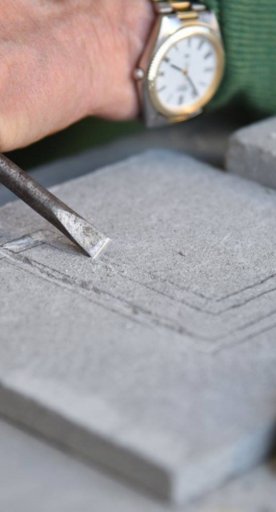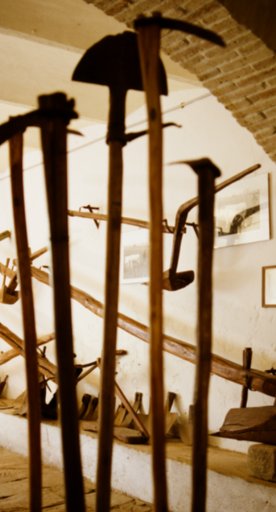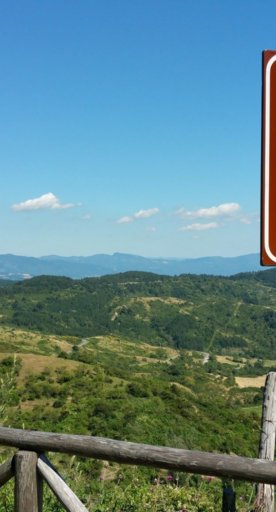In the upper Mugello, Firenzuola has always been a halfway halt for anyone travelling between Florence and Bologna. Located in the upper valley of the river Santerno, it remains cut off from the rest of the world, surrounded by breathtaking landscapes that include anything from the Pietra Serena quarries so beloved of Brunelleschi, to the clear blue waters of the river Rovigo.
The town's name, which means "little Florence", was proposed by the fourteenth-century chronicler Giovanni Villani, who also designed its crest: half of it depicts the lily - the symbol of Florence - and the other half represents the people by a red cross on a white background.
The first stone of Firenzuola was laid on 9 April 1332, by a hand representing the Republic of Florence, in the strategic location that had been chosen in order to defend the Republic's borders while also serving as an outpost on the edge of Romagna. Because of this, the town was once encircled by a ring of walls, accessible from north and south only by a pair of medieval gates: Porta Bolognese and Porta Fiorentina, respectively.
In the fifteenth century the town received a complete architectural overhaul from Antonio da Sangallo, one of the Renaissance's finest architects, working to the orders of Lorenzo the Magnificent. Niccolò Machiavelli served as governor of Firenzuola for a time.
































